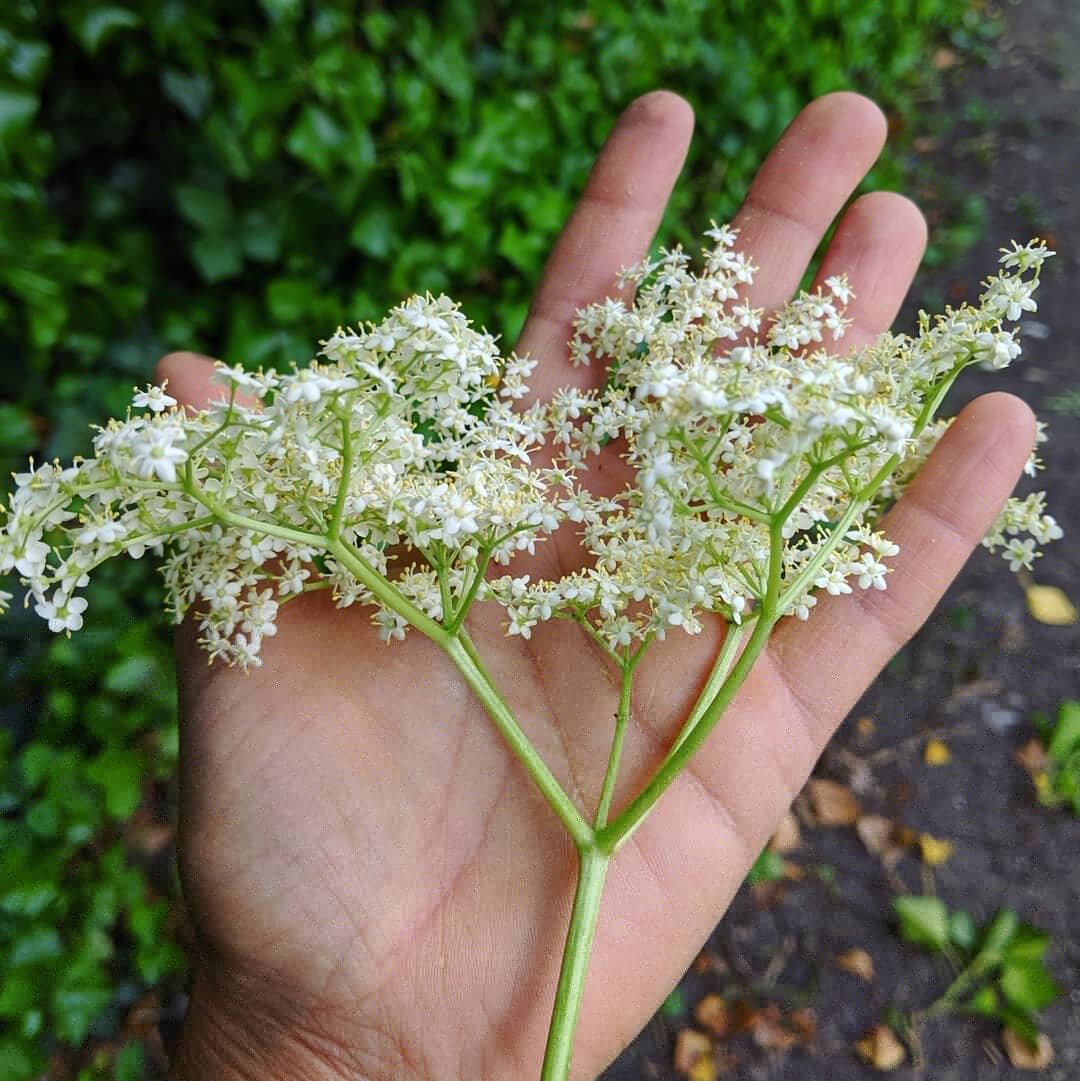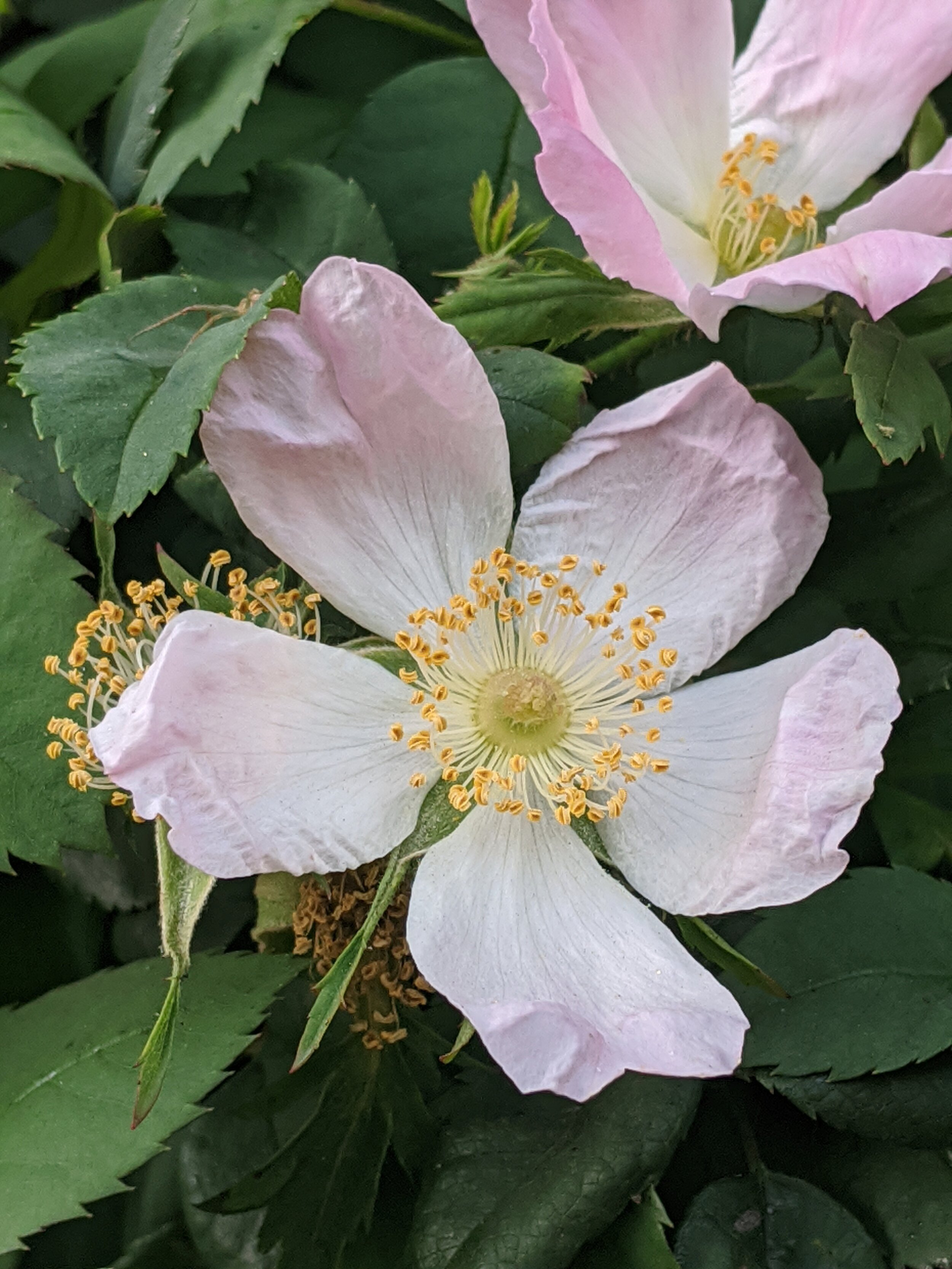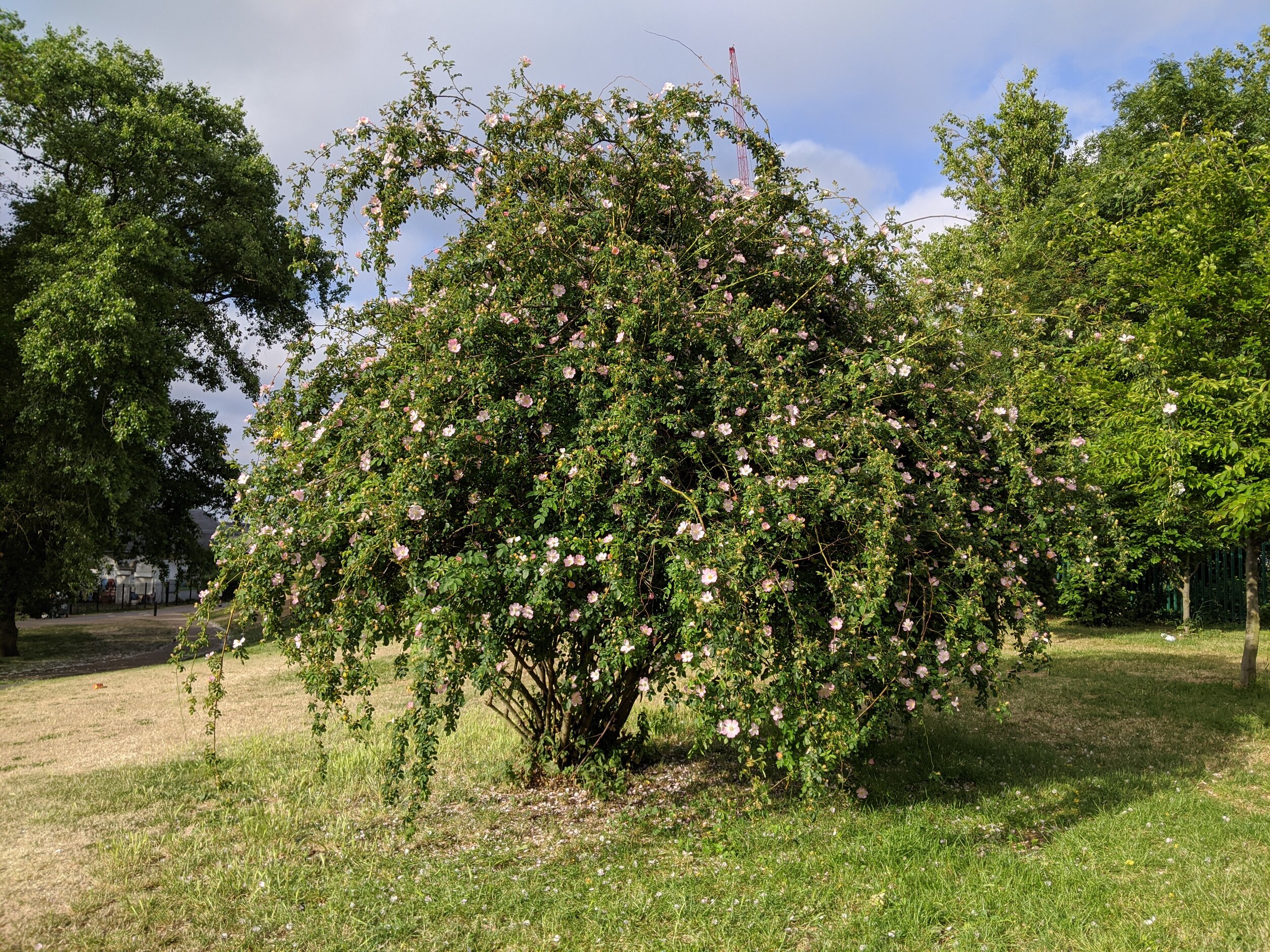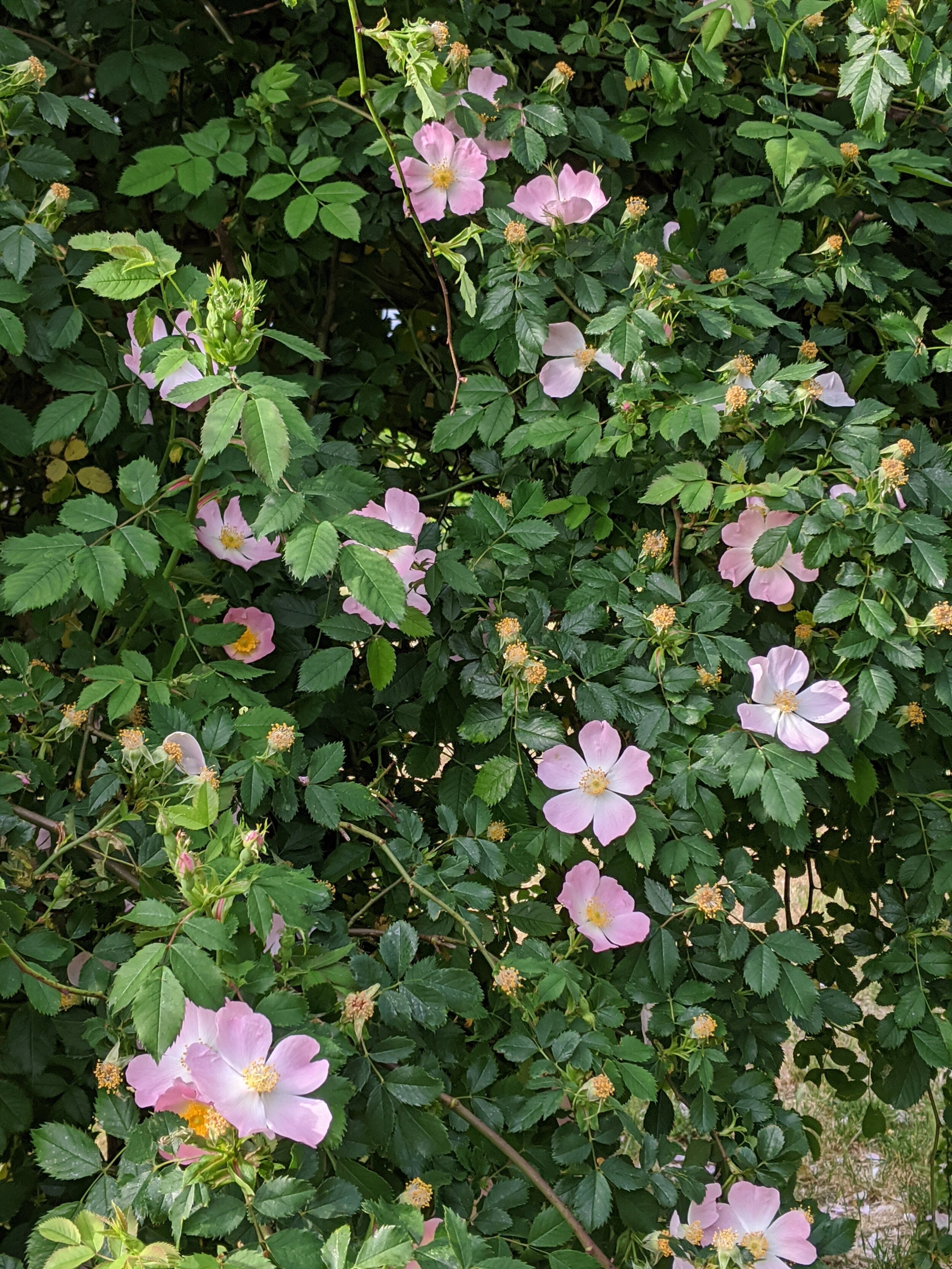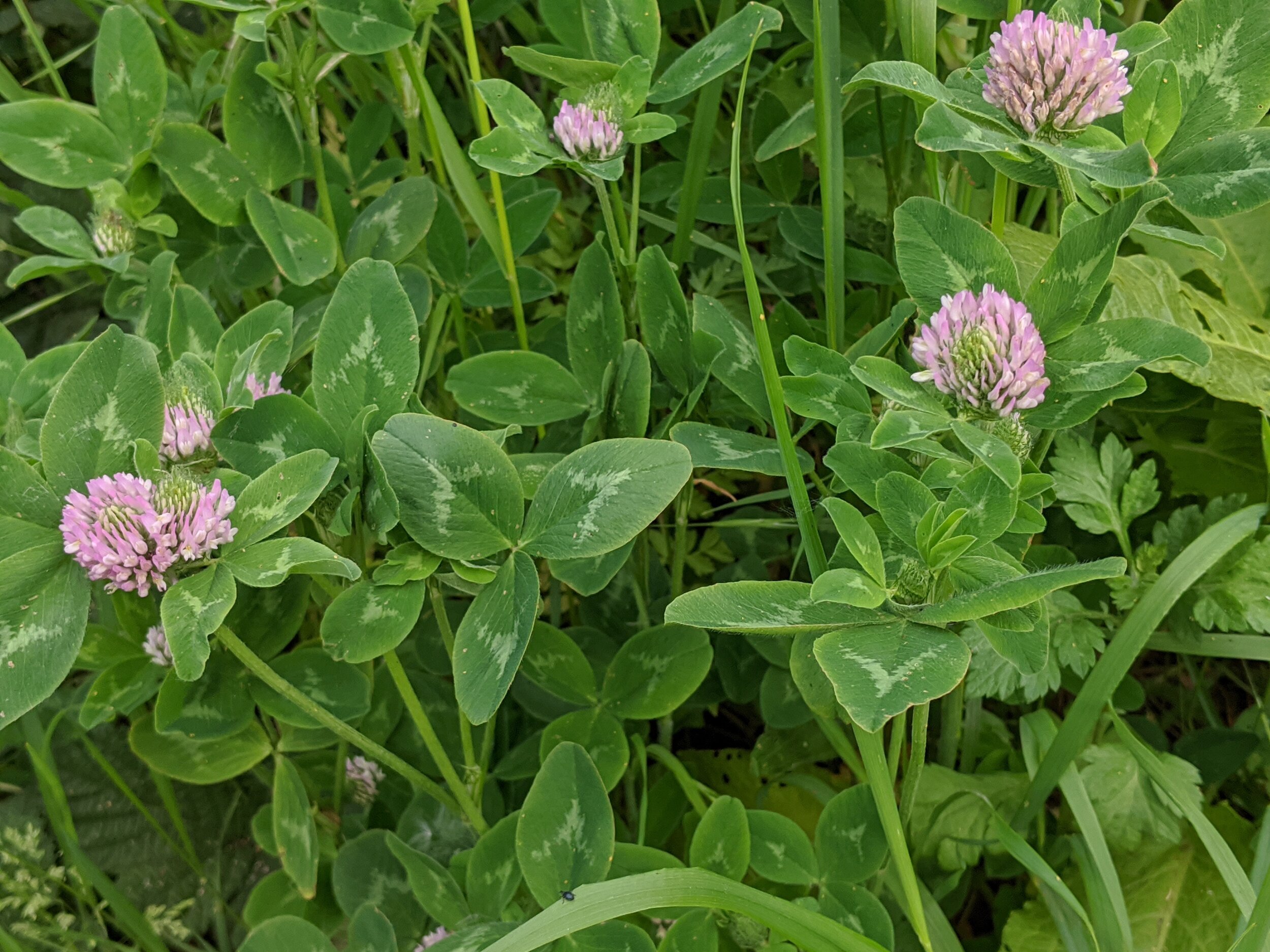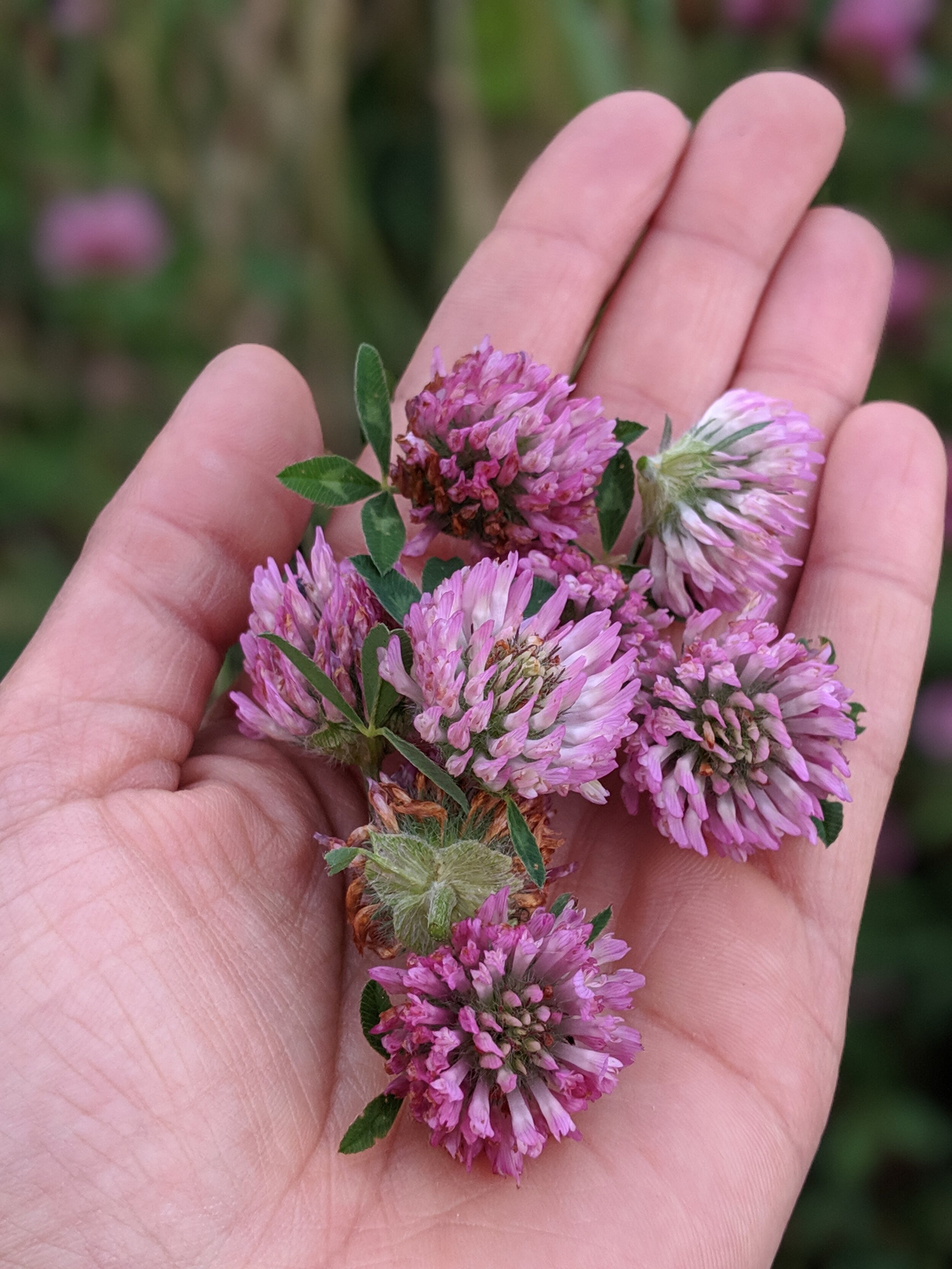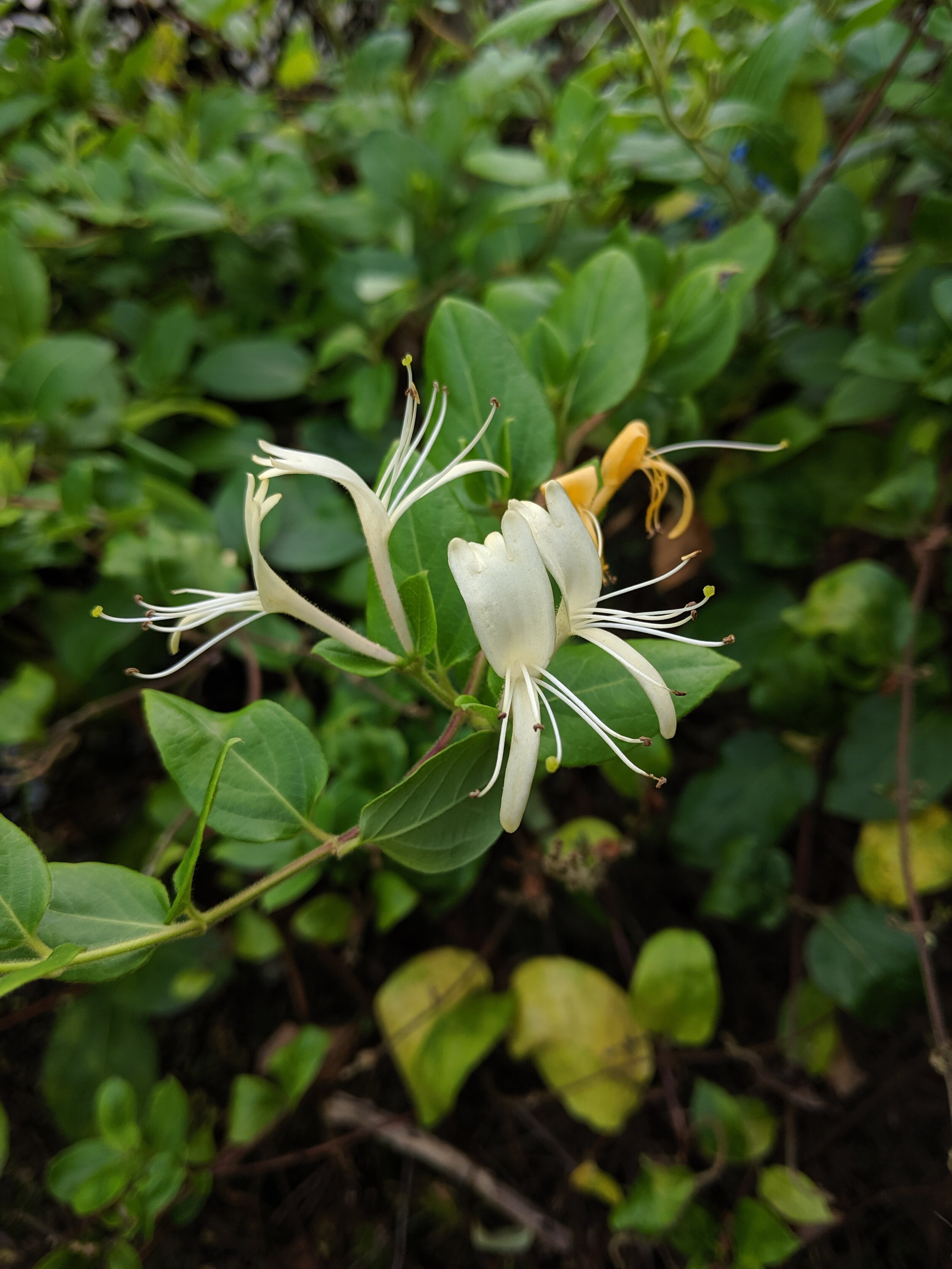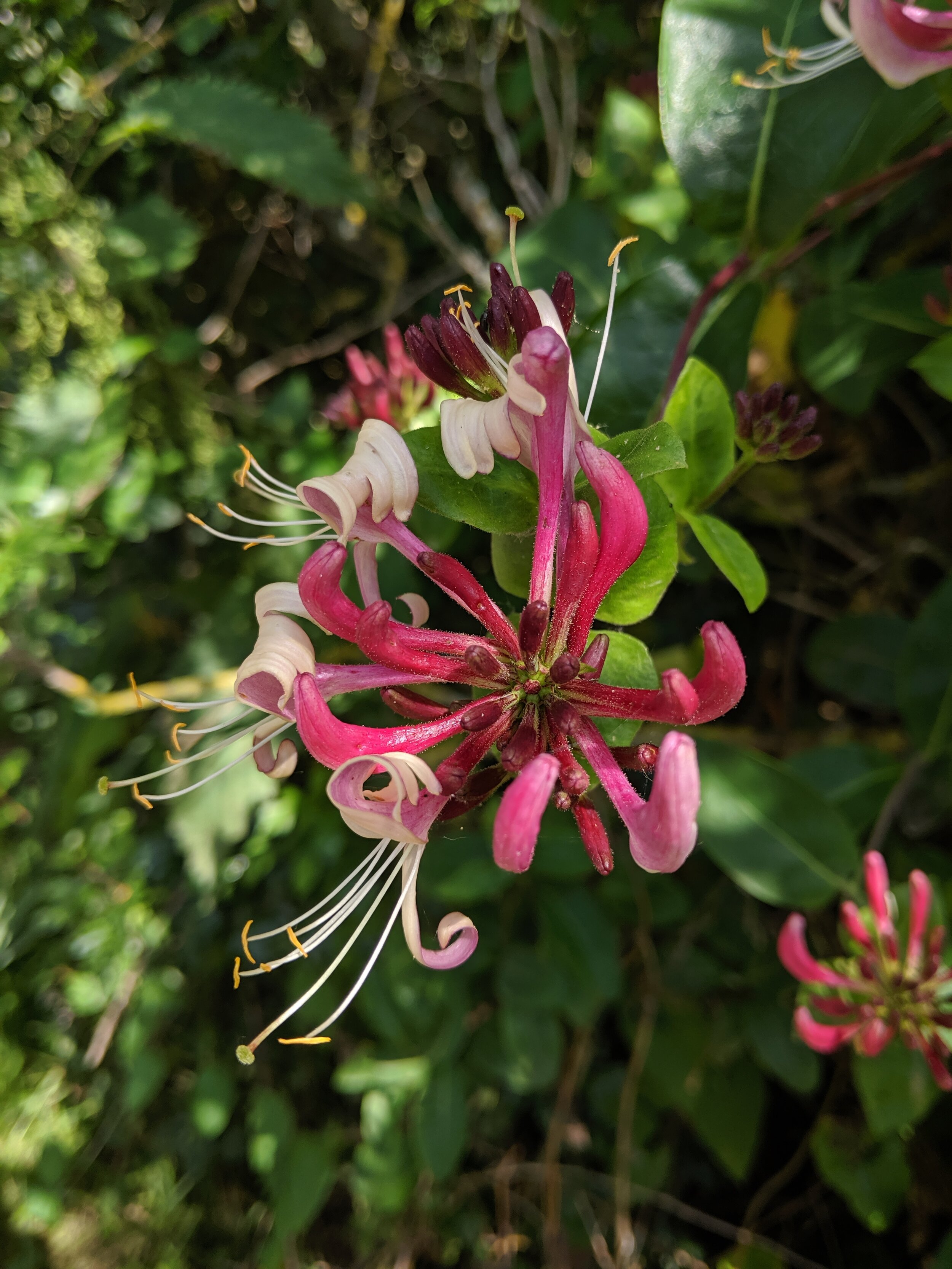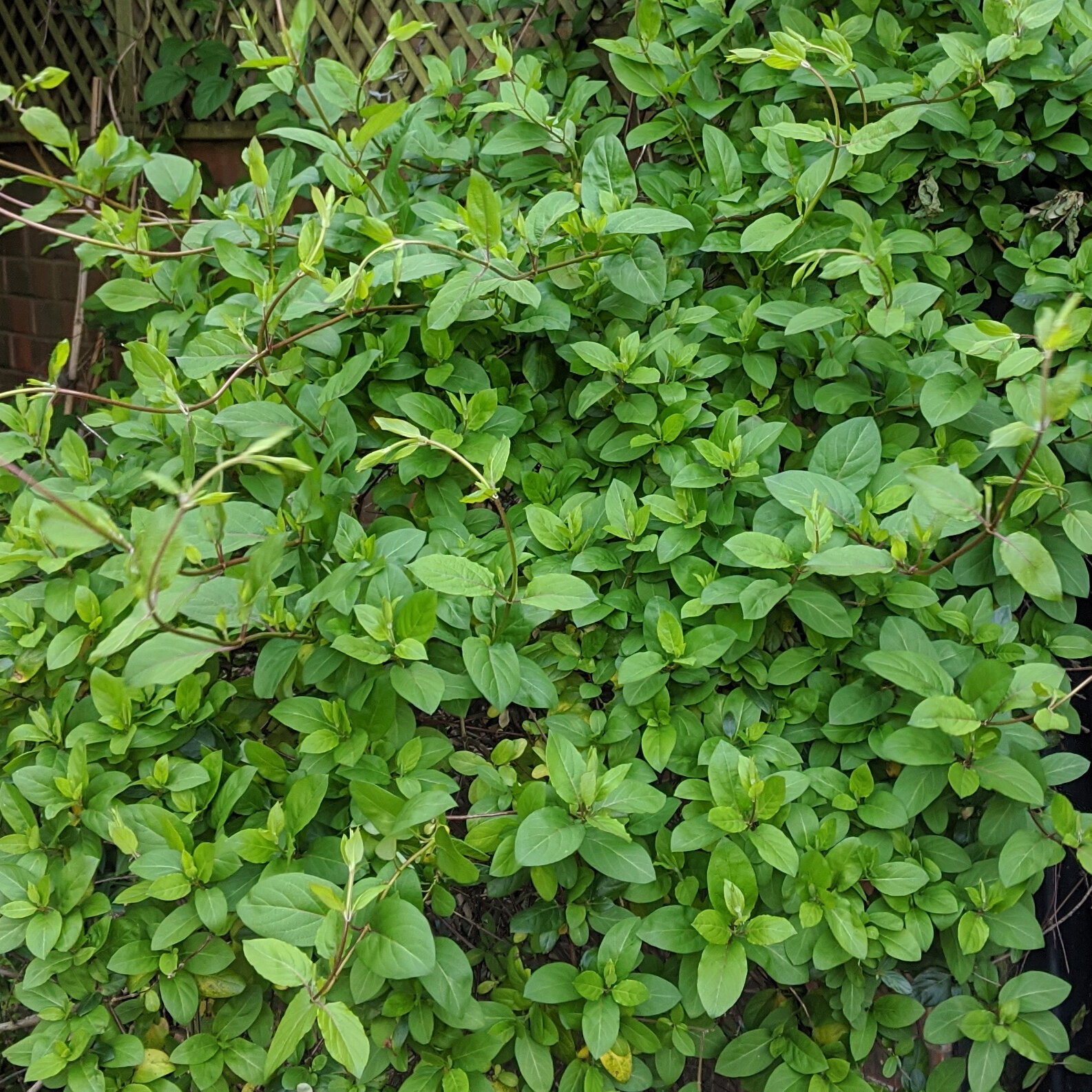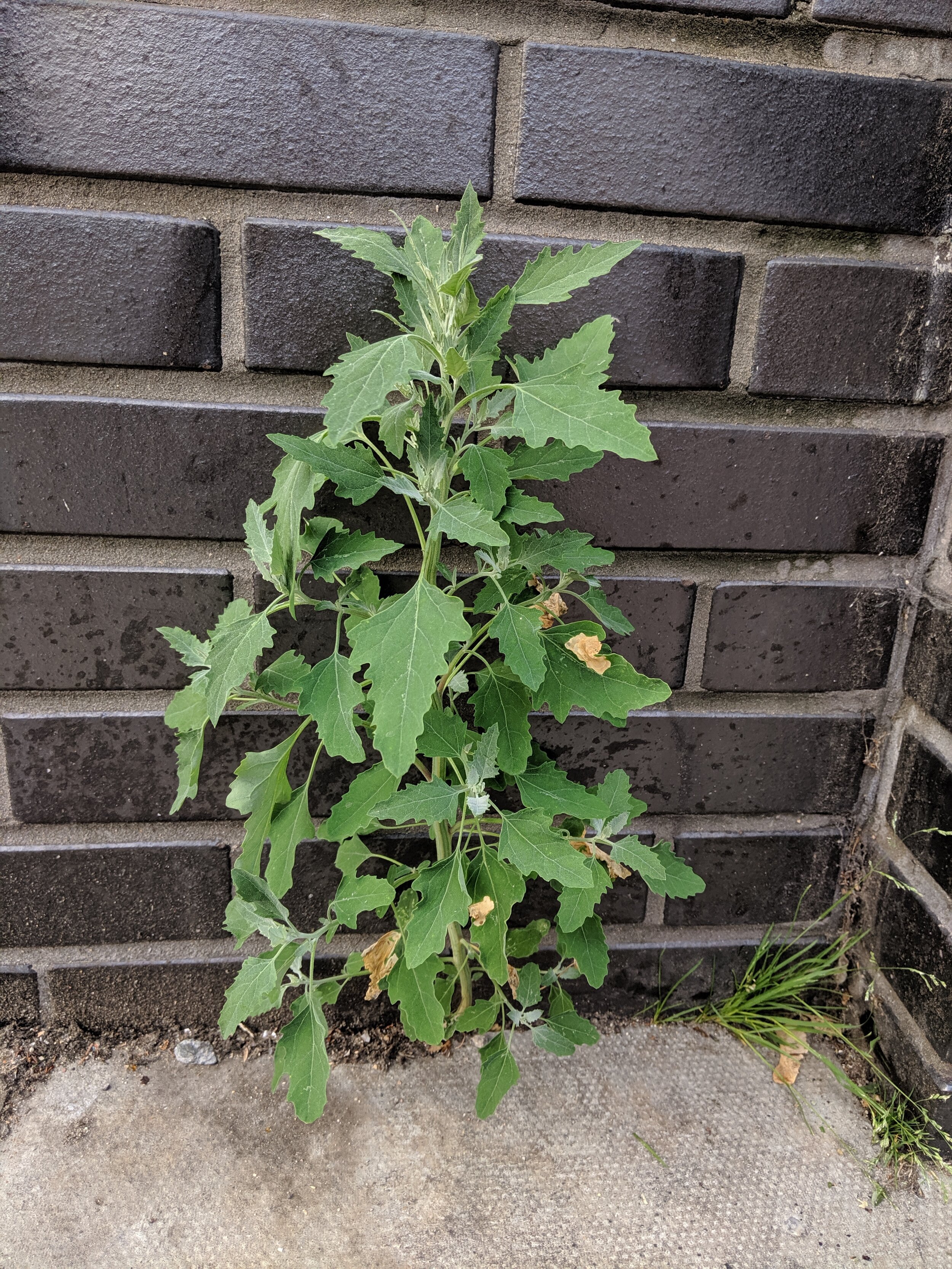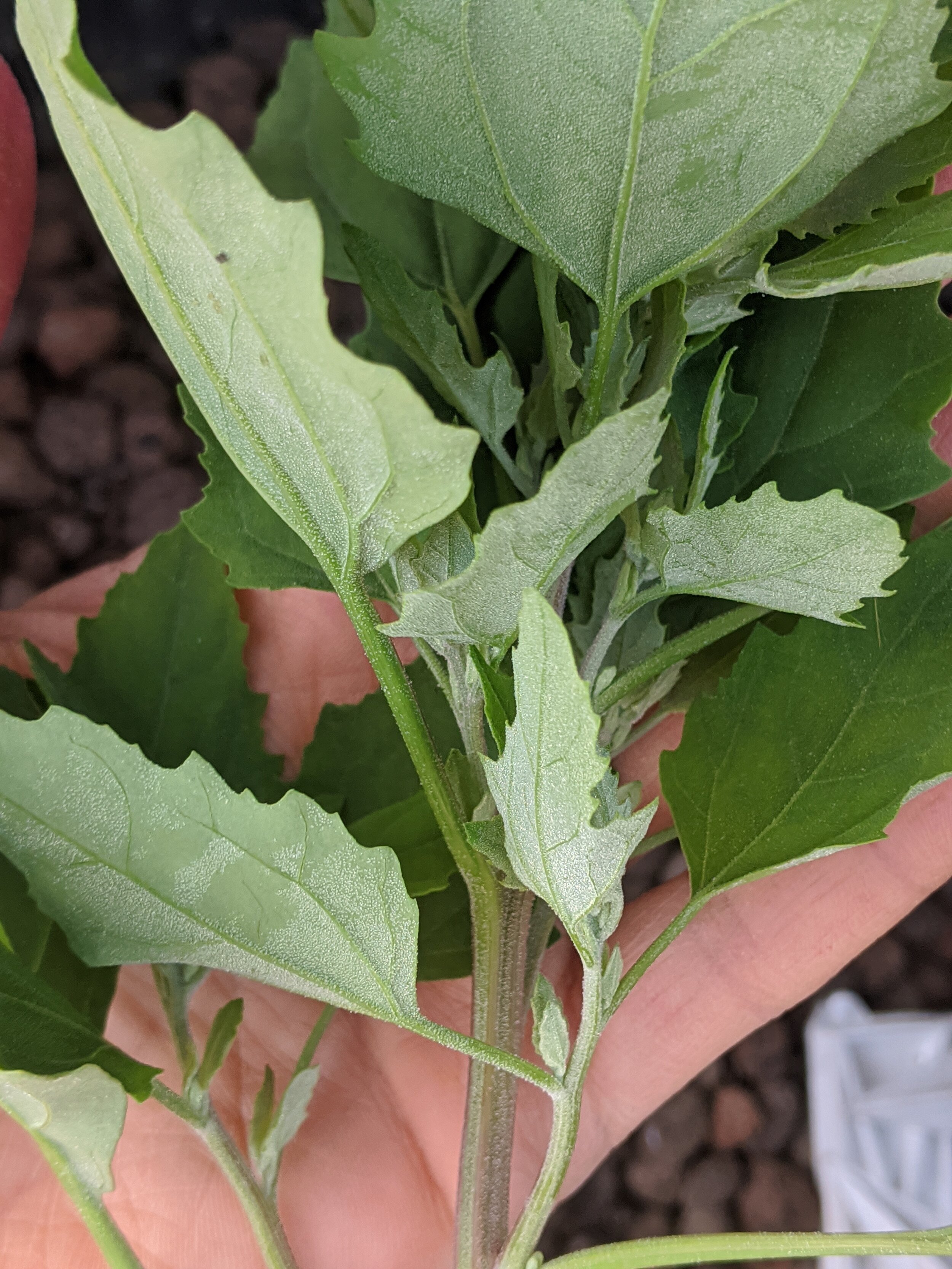Virtual Herb Walk // Late May
/After a recent zoom session talking about wild herbs, one of the participants messaged us saying "Funny how when you talk about something, you suddenly see it everywhere. I went for a walk on Sunday and noticed so many examples of the herbs we discussed". And that is so true - Once we turn our "plant eye" on, we can't help but start noticing just how abundant all these great plants are, even in big cities.
Here are five of the many beautiful herbs and edible treats that can be found in London's green spaces at the moment.
We invite you to turn your attention to them and enjoy their presence. Have a close look, touch, smell, take their essence in! If you're confident you know what they are, taste them! Gather a few and take them home to make tea, syrups, vinegars and other delights. Appreciate what they have to offer!
ELDERFLOWER (Sambucus nigra.)
Possibly the most well known wild herb around (who has never tried elderflower cordial?): Elder!
It came really early this year, with flowers starting to bloom as early as mid March, but it’s still going strong and trees everywhere are covered in the white, flat-looking flowerheads.
There are so many things you can do with elderflower, it needs its own blog post, really: cordial, tea, champagne, fritters, custard, gin… and whatever else your imagination allows.
If you’d like to give any of these endless options a go, but don’t feel 100% confident on identifing the right tree, Nat wrote a very useful post a couple of weeks ago with IDing tips and lots of photos of look-alikes that are NOT elder.
ROSE (Rosa spp.)
When most people think about roses, they think about those big, million-petalled highly fragrant garden roses, but the original roses, from which garden roses were bred, bear much simpler (but just as beautiful) five-petalled flowers like the ones in the photos below.
There are several species of wild roses, dog rose (Rosa canina), being the most common, but the petals and then hips later in the year can be used for all them.
Eaten fresh in salads, brewed into teas, made into syrups, or dried for later use, these beautiful flowers lend themselves to a number of preparations and have numerous healing properties. Rose is a cooling astringent, supports the immune system, has anti-viral properties, lifts the spirit, and the list goes on.
RED CLOVER (Trifolium pratense)
Oh, when out for walks, what a sweet snack do the flowers of sweet clover make! The leaves are also edible and can be added to salads, and the seeds can be sprouted like alfalfa.
Medicinally, it has a number of virtues. It has been used to alleviate menopausal symptoms, acne and other hormone related disorders in women; as an expectorant, and as a skin cleanser just to name a few.
Note: If drying the flowers for later use, make sure to do it quickly and thoroughly to avoid fermentation taking place and coumarins in the plant being converted to dicoumarol.
HONEYSUCKLE (Lonicera periclymenum)
Another gorgeous, sweet smelling flower that is all around at the moment: Honeysuckle! Even the name gives away the sweetness of these flowers - if you pick a flower and suckle at its base, you will be rewarded with lovely honey-like nectar.
Common uses of the flowers include making them into teas or infusing them in honey, which has been used to treat coughs and other respiratory problems, to reduce a temperature, and as a cleanser among others.
Note: While the flowers are completely safe, the fruits of most species of honeysuckle are toxic and should not be consumed.
FAT HEN (Chenopodium album)
Known by many common names such as Fat Hen, White Goosefoot and Lambsquarters, this is a very prolific relative of Quinoa.
Both leaves and flowers are edible and can be consumed either raw or cooked. Although this is probably the most common, there are a few different Chenopodiums growing wild in the UK, but they are all edible and taste similar to each other. A distinguishing feature of Fat Hen is a silvery-white, powder-like coating on the leaves, especially the young ones right at the top.
The seeds are also edible and be used like quinoa, but in London it’s rare to see plants around long enough for the them to mature, as they are generally removed or streamed at some point in the season.




